
I never want to throw away a tube of caulk until it is empty. Sometimes, however, I can go for days or weeks without using caulk. Latex caulk is no problem: Just run the wire on the caulk gun down the spout of the tube, squeeze out the dried caulk, and you are in business.
Silicone caulk, however, presents a different problem. No matter how tightly I try to seal the end, I always get a fairly large solidified plug in the spout. Running the caulk-gun wire down the spout does not do the job because the wire just pushes the plug up the spout; then it plugs up again when I try to use the gun. One way to get the plug out is to cut off the tapered end of the spout, but then you wind up with a large spout opening, which is useless when trying to fill a small opening.
A simple trick is to run your utility knife lengthwise down the spout tip about 1/4 in. This will produce two slits that allow the spout to open enough to force out the plug. After the plug is ejected, the spout will return to its original size, and you are ready to go. Wrap the tip with a little electrical tape, and you can even reduce its diameter.
Lee Hildenbrandt, Hilton Head Island, SC
Edited and Illustrated by Charles Miller
From Fine Homebuilding #184
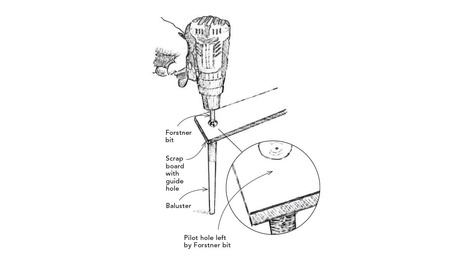
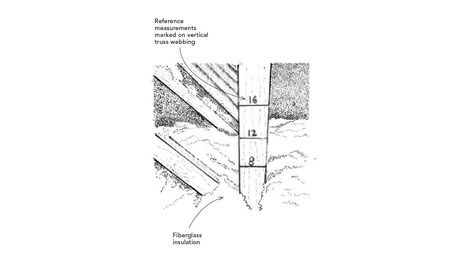
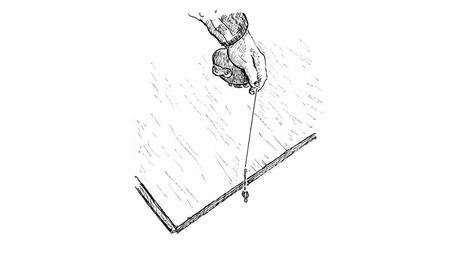
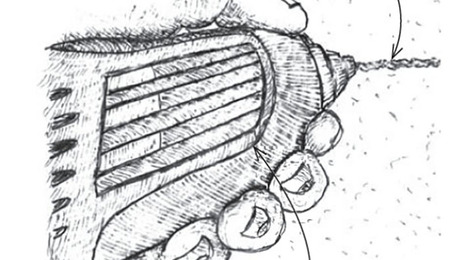
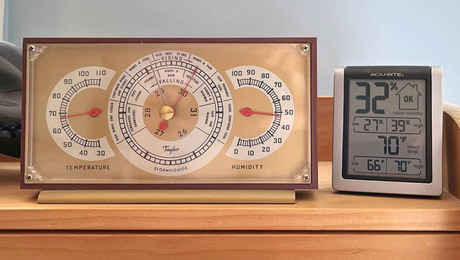



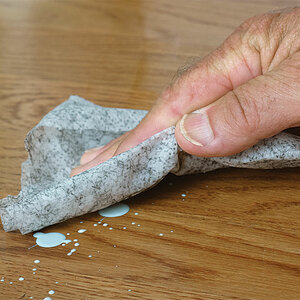




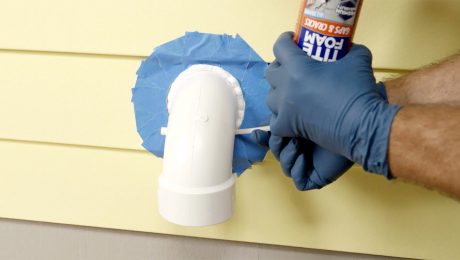

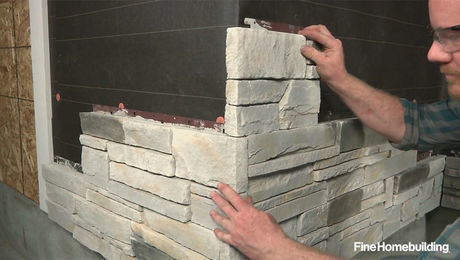

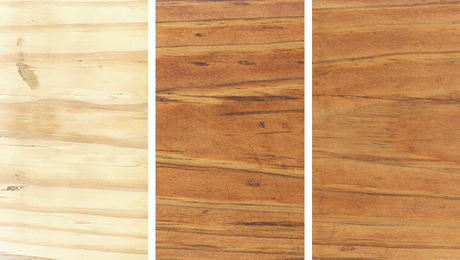
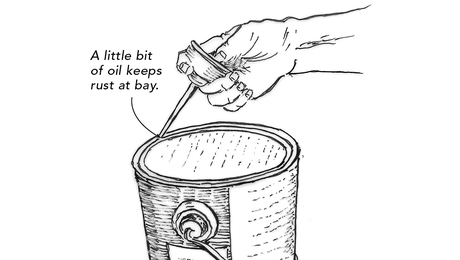











View Comments
I saw your post about clogged caulk tubes, and I recently created a product that solves the issue of clogged caulk tubes and clogged caulk tube nozzles. This is not to prevent drying, but to address the issue when none of the other methods to prevent clogging, or unclogging fail. It replaces the top of the caulk tube after you cut off the clogged section. You can check it out at http://www.tubeanew.com.